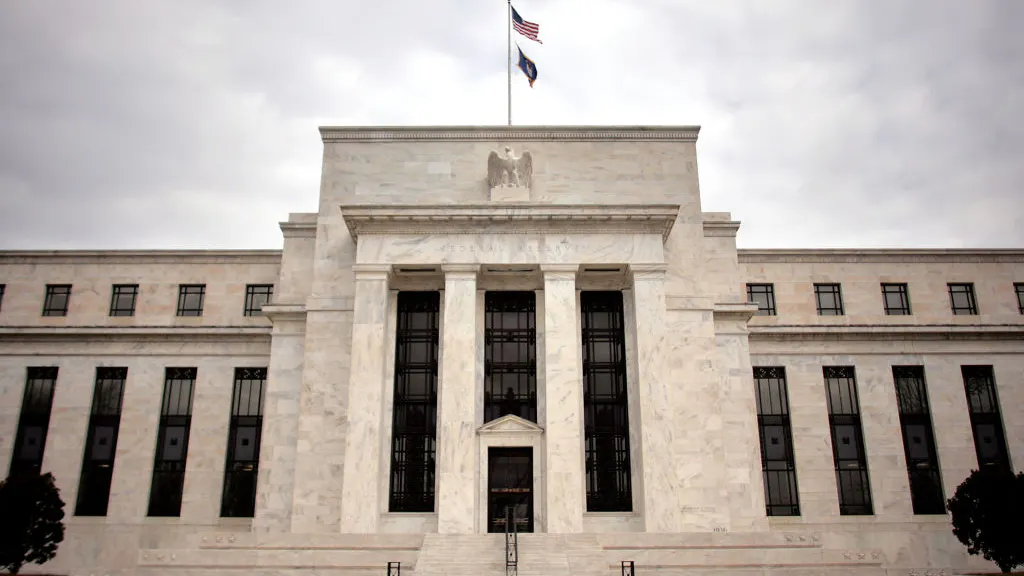As high inflation continues, the Federal Reserve accelerated its plans to taper monetary stimulus.
To stimulate the economy after COVID-19 and the lockdown-induced recession, the Federal Reserve pegged a near-zero target interest rate and began buying $120 billion in assets each month. In November, officials revealed the first step in rolling back monetary stimulus — slashing bond purchases by $15 billion in both November and December.
On Wednesday, central bankers announced that they will pursue a more rapid conclusion to their quantitative easing program. According to a statement from the Federal Open Market Committee:
In light of inflation developments and the further improvement in the labor market, the Committee decided to reduce the monthly pace of its net asset purchases by $20 billion for Treasury securities and $10 billion for agency mortgage-backed securities. Beginning in January, the Committee will increase its holdings of Treasury securities by at least $40 billion per month and of agency mortgage‑backed securities by at least $20 billion per month.
Meanwhile, policymakers will not increase interest rates:
The Committee seeks to achieve maximum employment and inflation at the rate of 2 percent over the longer run. In support of these goals, the Committee decided to keep the target range for the federal funds rate at 0 to 1/4 percent. With inflation having exceeded 2 percent for some time, the Committee expects it will be appropriate to maintain this target range until labor market conditions have reached levels consistent with the Committee’s assessments of maximum employment.
The Wall Street Journal reported that officials are prepared to raise interest rates at least three times in 2022 — a significant shift from their plans released in September.
As mentioned by the Federal Reserve, price levels are continuing to rise in the United States. According to the Bureau of Economic Analysis, the Personal Consumption Expenditures Price Index — which the central bank uses to inform monetary policy decisions — hit a year-over-year rate of 4.1% in October. More recently, the Bureau of Labor Statistics revealed that the Consumer Price Index is rising at a 6.8% clip — the largest year-over-year increase since June 1982.
During testimony delivered to Congress at the end of November, Federal Reserve Chair Jerome Powell acknowledged that inflation presents difficulties to American households.
“Most forecasters, including at the Fed, continue to expect that inflation will move down significantly over the next year as supply and demand imbalances abate,” said Powell. “It is difficult to predict the persistence and effects of supply constraints, but it now appears that factors pushing inflation upward will linger well into next year. In addition, with the rapid improvement in the labor market, slack is diminishing, and wages are rising at a brisk pace.”
“We understand that high inflation imposes significant burdens, especially on those less able to meet the higher costs of essentials like food, housing, and transportation. We are committed to our price-stability goal. We will use our tools both to support the economy and a strong labor market and to prevent higher inflation from becoming entrenched.”

.png)
.png)

